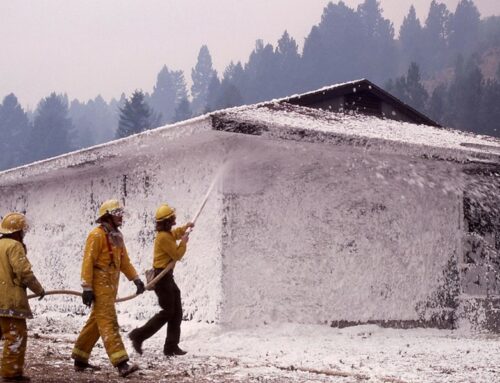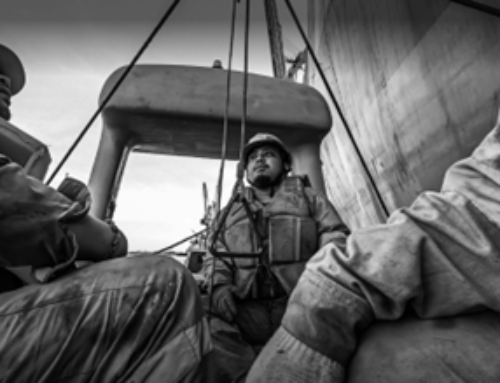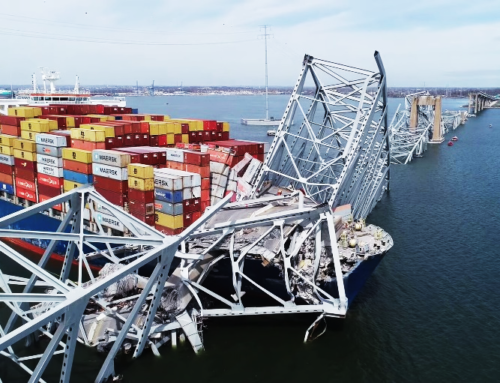The Crushing Truth: A History of Submarine and Submersible Implosions
 The deep sea can be a hostile and unforgiving environment, where immense underwater pressure can crush anything that is not designed to withstand it. Submersibles and submarines are special vehicles that can dive to great depths and explore the mysteries of the ocean, like the wreck of the Titanic (submarines are different from submersibles in that they can operate for longer periods of time underwater). However, submersibles and submarines are not invincible, and they can suffer from catastrophic failures that result in implosions.
The deep sea can be a hostile and unforgiving environment, where immense underwater pressure can crush anything that is not designed to withstand it. Submersibles and submarines are special vehicles that can dive to great depths and explore the mysteries of the ocean, like the wreck of the Titanic (submarines are different from submersibles in that they can operate for longer periods of time underwater). However, submersibles and submarines are not invincible, and they can suffer from catastrophic failures that result in implosions.
An implosion is a violent collapse of a structure due to external pressure exceeding its internal strength. When a submersible implodes, its hull crumples inward, releasing a shockwave of energy and debris. Implosions are rare but deadly events that can occur due to various reasons, such as design flaws (even nearly microscopic flaws!), human error, or external factors.
One of the most recent and tragic examples of a submersible implosion is the case of the Titan, which imploded during its descent roughly 1600 meters from its destination, the wreck of the Titanic on June 18, 2023, killing all five people on board. The investigation into the cause and consequences of this disaster is still ongoing.
The Titan implosion is not the first nor the last example of a submersible/submarine disaster. Throughout history, there have been many cases of submersibles and submarines imploding due to various reasons. Some of these implosions have resulted in significant loss of life, while others have remained hidden secrets of the deep sea. Here, we will explore some of the most notable examples of submarine and submersible implosions, what caused them, and their implications and challenges of investigating and preventing such incidents in the future.
- USS Thresher (SSN-593): On April 10, 1963, the USS Thresher, a United States Navy nuclear-powered submarine, experienced a catastrophic implosion during deep-diving tests off the coast of Massachusetts. The implosion killed all 129 crew members and shipyard personnel on board. The Thresher was the first nuclear submarine to be lost at sea. The incident prompted major changes in submarine design and safety procedures.
- K-141 Kursk: On August 12, 2000, the K-141 Kursk, a Russian nuclear-powered cruise missile submarine, was destroyed in a massive explosion in the Barents Sea. The explosion was caused by a faulty torpedo that ignited the fuel of other torpedoes in the bow of the submarine. The blast tore a large hole in the hull and caused a partial implosion of the forward compartments. The surviving crew members retreated to the rear section of the submarine, but rescue efforts were delayed and hampered by poor weather and equipment failures. All 118 crew members died in the accident.
- ARA San Juan (S-42): On November 15, 2017, the ARA San Juan, an Argentine Navy diesel-electric submarine, went missing in the South Atlantic Ocean while returning from a routine patrol. The submarine reported a short circuit and fire in the battery compartment and requested permission to surface. The last communication from the submarine indicated that the situation was under control. However, eight days later, an international search team detected an acoustic anomaly consistent with an implosion near the last known location of the submarine. The wreckage of the submarine was found at a depth of 907 meters (2,976 ft) after it imploded and sank to the ocean floor. All 44 crew members were killed in the incident.
Submarine and submersible implosions are rare but tragically devastating events that can occur for various reasons. These implosions can result in significant loss of life, damage to the environment, and loss of valuable information. However, these implosions also can provide valuable insights into the physics and engineering of underwater vehicles, as well as the challenges and opportunities of exploring the deep sea. By learning from the past and present implosions, we can hope to prevent or mitigate future ones, and ensure the safety and success of underwater exploration.
We at the Herd Law Firm are proud to fight for maritime workers and passengers in all types of personal injury claims, and never waver in our commitment to help these maritime workers and their families when they are injured.
6/30/2023
Sources:







